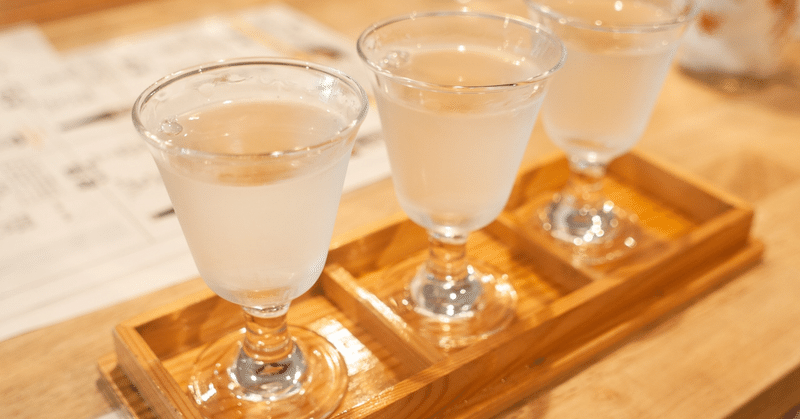
酒類はね、どう作るか(製造法)と、酒税法でどう分類されるか、この2つの観点から分類されるんだ。日本酒の場合、製造法では「醸造酒」に分類される。これは、米、米麹(こうじ)、水を使って発酵させる方法で作られるんだ。
酒税法の観点から見ると、日本酒は「米を使って作ること」と、「濾過(こす)する工程を絶対に入れること」が定義として決まっているんだ。
『酒類の定義』については、酒税法第2条第1項で「アルコール分1度以上の飲料」とされている。つまり、アルコール度数が1度以上あれば、それは酒類として扱われるってわけ。
そして、『清酒の定義』に関しては、アルコール分が22度未満のもので、以下の条件を満たすものが「清酒」とされているんだ。
米、米こうじ、水を原料として発酵させた後、濾過したもの。
米、米こうじ、水に加えて、清酒かすやその他政令で定める物品を原料として発酵させ、濾過したもの。
そして、2015年12月には、地理的表示「日本酒」が指定され、原料米として国内産のみを使い、国内で醸造された清酒のみが「日本酒」を名乗ることが出来る、というルールが定められたんだ。
昭和時代には、日本酒の品質をちゃんと保証するために、「級別制度」というのがあったんだ。これは、日本酒を特級、一級、二級というように分類し、それぞれの品質に応じた酒税率を適用していた制度だよ。
級別制度は、原料米の精米歩合や酒の製造過程、さらにはアルコールを添加するかどうかなど、いくつかの基準に基づいて決められていたんだ。この制度のおかげで、日本酒の品質がしっかり保証され、消費者にもその情報がきちんと伝わるようになっていたんだ。
でも、平成元年(1989年)に入ると、この級別制度は全部廃止されたんだ。もっと詳細で、現代の日本酒の多様性に合った「特定名称酒」という分類に移行したんだ。これで、日本酒の世界はもっと広がって、いろんな種類の日本酒が認識されるようになったんだ。
Alcoholic beverages are classified from two perspectives: how they are made (manufacturing method) and how they are classified under the Liquor Tax Law. In the case of sake, it is classified as ``jozoshu'' based on the manufacturing method. It is made by fermenting rice, rice malt, and water.
From the perspective of the Liquor Tax Law, the definition of sake is that it must be made using rice and that it must undergo a filtration process.
Regarding the ``definition of alcoholic beverages,'' Article 2, Paragraph 1 of the Liquor Tax Act defines it as ``beverages with an alcohol content of 1% or more.'' In other words, if it has an alcohol content of 1% or more, it is considered an alcoholic beverage.
Regarding the ``definition of sake'', sake with an alcohol content of less than 22% and meeting the following conditions is considered ``sake.''
It is made by fermenting rice, rice koji, and water as raw materials and then filtering it.
In addition to rice, rice koji, and water, sake lees and other items specified by government ordinance are fermented and filtered.
Then, in December 2015, the Geographical Indication "Sake" was designated, and the rules were established that only domestically produced rice can be used as raw material and only sake brewed domestically can be called "Sake". Tanda.
In the Showa era, there was a ``grade system'' to ensure the quality of sake. This system classified Japanese sake into special grade, first grade, and second grade, and applied liquor tax rates according to each quality.
The grading system was determined based on several criteria, including the polishing ratio of the raw rice, the sake manufacturing process, and whether or not alcohol was added. Thanks to this system, the quality of sake was firmly guaranteed, and this information was properly communicated to consumers.
However, in 1989, this grade system was completely abolished. We have moved to a more detailed classification of ``Special Name Sake,'' which is more in line with the diversity of modern Japanese sake. With this, the world of sake has expanded even further, and many different types of sake have come to be recognized.
この記事が気に入ったらサポートをしてみませんか?
